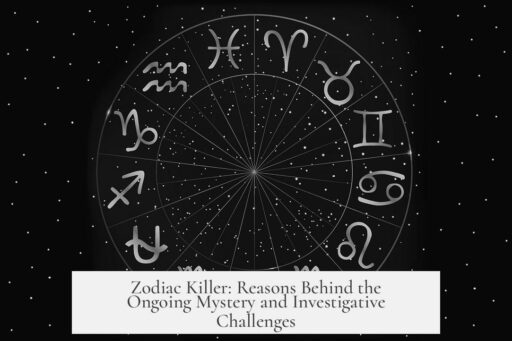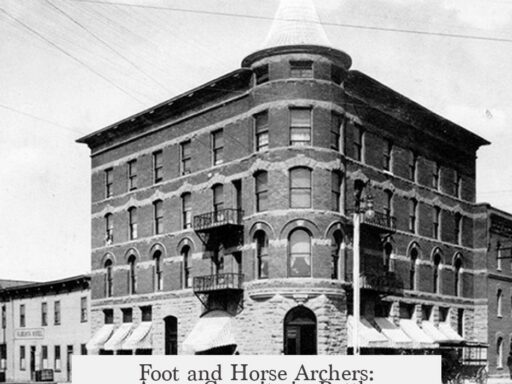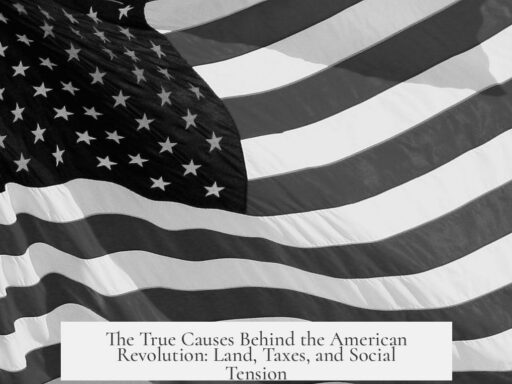The Zodiac Killer remains unidentified due to a mix of ambiguous victim identification, forensic limitations, investigative challenges, misinformation, and evolving police procedures. He claimed 37 victims, but only seven attacks between 1968 and 1969 have broad consensus as his work. Later killings under a so-called “Astrological Killer” label may or may not be connected. This uncertainty complicates defining the scope of his crimes and focus of investigations.
Identifying which victims are definitively linked to the Zodiac is problematic. His own letter from November 9, 1969, revealed he planned to mask future killings as routine crimes or accidents. This tactic clouds the timeline and victim pool further. The uncertain victim list impedes forming solid suspect profiles and hampers consistent evidence gathering.
Forensic technology limitations also play a key role. Many tools were either unavailable or unreliable in the late 1960s and early 1970s. For example:
- DNA evidence was scarce and often degraded due to time and storage conditions.
- Fingerprint analysis, while useful, was inconclusive without cross-referencing reliable suspects.
- Handwriting analysis lacks scientific precision, making letter comparisons subjective.
- Ballistics, once thought definitive, now reveals false positives and negatives complicate matching bullets to firearms.
- Critical DNA evidence from saliva on mailed envelopes was only captured decades later, in 2002.
These limitations may have inadvertently excluded real suspects or kept investigations chasing false leads. For instance, Arthur Leigh Allen remained a suspect for years, but DNA from crime materials excluded him conclusively. Such setbacks consume investigative resources without breakthroughs.
False leads and flawed police procedures have also hindered identification. Early police lineups were often poorly conducted. Many leads were systematically ruled out due to alibis, failing to match forensic clues, or inconsistent behavioral evidence. The police repeatedly updated their suspect lists as new theories arose, sometimes mixing unrelated suspects.
Another layer of difficulty comes from posthumous suspect theories. Some individuals like Paul Doerr, whose name surfaced long after his 2007 death, have been proposed based on retrospective analysis. Obtaining DNA or fingerprints post-mortem is fraught with logistical, legal, and evidentiary hurdles. Bodies may not be accessible or properly preserved, making verification almost impossible. These complications keep potential suspects in a realm of uncertainty.
The historical context influences the case’s persistence. Murder clearance rates in the 1960s hovered near 90-100%, due in part to now-discredited tactics like suspect coercion. Modern rights protections and forensic standards make convictions harder to obtain. Moreover, firearm-related murders are inherently difficult to solve because ballistic evidence is less definitive than in other crime types. These trends suggest earlier clearance figures should be treated cautiously.
Bad initial assumptions about the killer’s personality and motives further stalled progress. Popular ideas framed him as obsessed with astrology or a socially awkward loner. Such stereotypes, popularized by media and works like Robert Graysmith’s, misdirected investigations. Graysmith’s focus on Arthur Leigh Allen, who did not match witness sketches or profiles, particularly skewed perceptions. Conspiracy theories proliferated, distracting investigators and the public from core evidence.
Experts now advocate for discarding unproven narratives and starting fresh based on verified facts. This approach encourages testing new hypotheses without bias. Clearing misconceptions allows a disciplined focus on tangible leads and evidence reevaluation.
In summary, the Zodiac Killer’s unknown identity results from:
- Uncertainty around which victims truly belong to him.
- Forensic and technological limitations at the time and degradation of physical evidence.
- Erroneous or contradictory initial assumptions fueling misdirection.
- Challenges related to investigating cold cases decades after crimes.
- False leads and procedural missteps consuming resources without resolution.
- Legal and ethical restrictions on investigative methods unlike earlier eras.
- Complexity in establishing suspect guilt given limited and conflicting witness data.
This case exemplifies how multiple factors combine to frustrate even persistent law enforcement efforts. Understanding these challenges clarifies why the Zodiac Killer continues to be a mystery.
Key takeaways:
- The exact number of Zodiac victims remains disputed, hindering suspect identification.
- Forensic tools of the era were limited; some evidence surfaced decades later.
- Misguided personality profiles and conspiracy theories misdirected investigations.
- Posthumous suspects present legal and practical barriers to confirmation.
- Modern investigatory standards and rights complicate murder case clearances.
- Refocusing on verified evidence and new hypotheses offers the best path forward.
Why Is the Zodiac Killer Still Unknown?
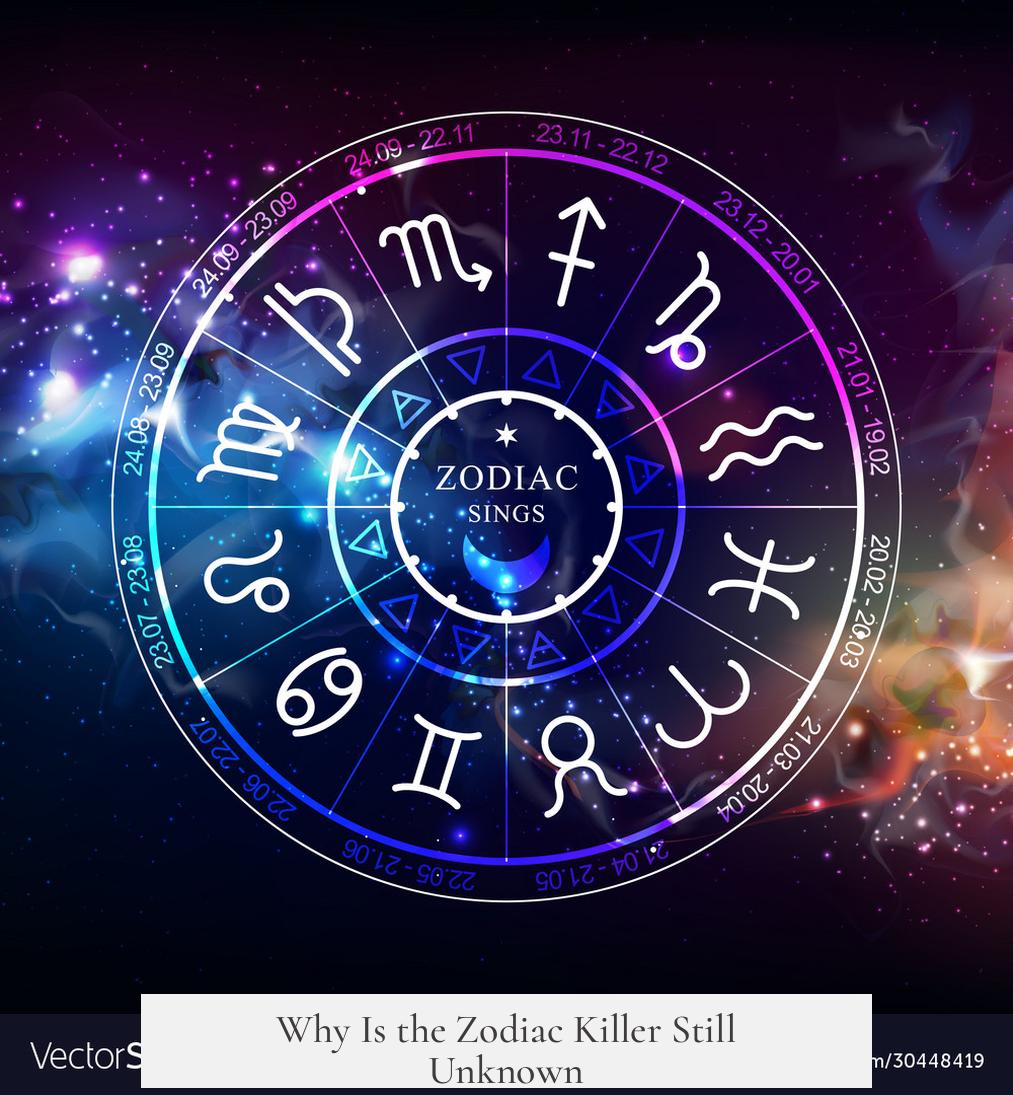
The Zodiac Killer remains a mystery because of a tangle of victim confusion, forensic limits, misleading leads, dead suspects, shifting police tactics, and clouded theories. This shadowy figure from the late 1960s continues to evade identification despite decades of investigation. Why? Let’s unpack the complex web that keeps the killer’s identity locked away.
First, the very basics—who *were* the Zodiac’s victims? This remains hazy.
Victim Identification: Playing Detective with Missing Pieces
Imagine trying to solve a puzzle when the pieces keep changing shape. The Zodiac Killer claimed 37 victims, but only about seven are widely accepted as his true victims from 1968–1969. Beyond that, things get murkier.
Several murders between 1969 and 1972 have been nicknamed the “Astrological Killer” cases. These may or may not be the Zodiac’s handiwork. The killer himself complicated things in a 1969 letter to the San Francisco Chronicle, saying he wouldn’t announce his kills anymore. Instead, he’d disguise murders as accidents, robberies gone wrong, and random acts of anger.
That leaves investigators uncertain about which cases to tie to him. Without consensus on victim list, building a timeline or profile limits progress. It’s like trying to hit a moving target in a fog.
Forensic Limitations: The Technology Wasn’t on Our Side
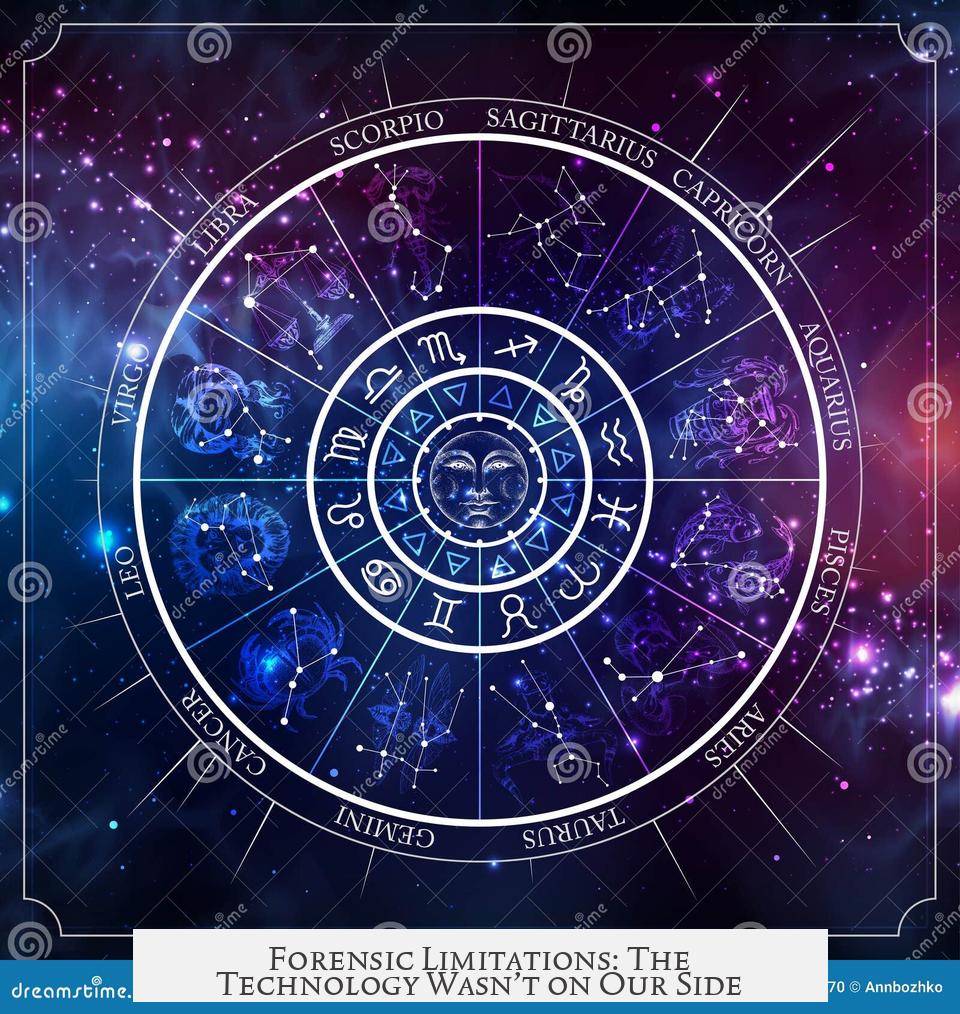
Modern crime-solving relies heavily on forensics. But back in the late ’60s, technology was a fledgling field. DNA testing? Non-existent. Fingerprints? Useful but imperfect. Handwriting analysis? A gamble at best, heavily depending on the expert’s opinion rather than science—a fact often overlooked. Cameras were rare, especially around isolated attacks.
Even evidence collection was incomplete or delayed. For instance, DNA from saliva on letters only surfaced in 2002, decades after the crimes. Ballistic forensics, which you’d expect to be solid, might deliver false positives or negatives, complicating the linkage of bullets to weapons.
Interestingly, these forensic hurdles not only made identifying the killer tough but might have excluded real suspects prematurely or sent investigators down wild goose chases.
False Leads and Police Procedures: When Good Intentions Misfire
Police lineups in the ’60s often lacked rigor, creating false leads. Think about it: if a lineup isn’t fair or well-constructed, innocent people look guilty, and real culprits slip away.
Arthur Leigh Allen was a suspect who hovered over Zodiac investigations for years. His handwriting didn’t match the killer’s letters, and DNA tests in 2002 excluded him definitively. Yet, false starts like these drain time and resources, muddying the waters.
Dead Suspects and DNA Dilemmas: Time Is Not on Our Side
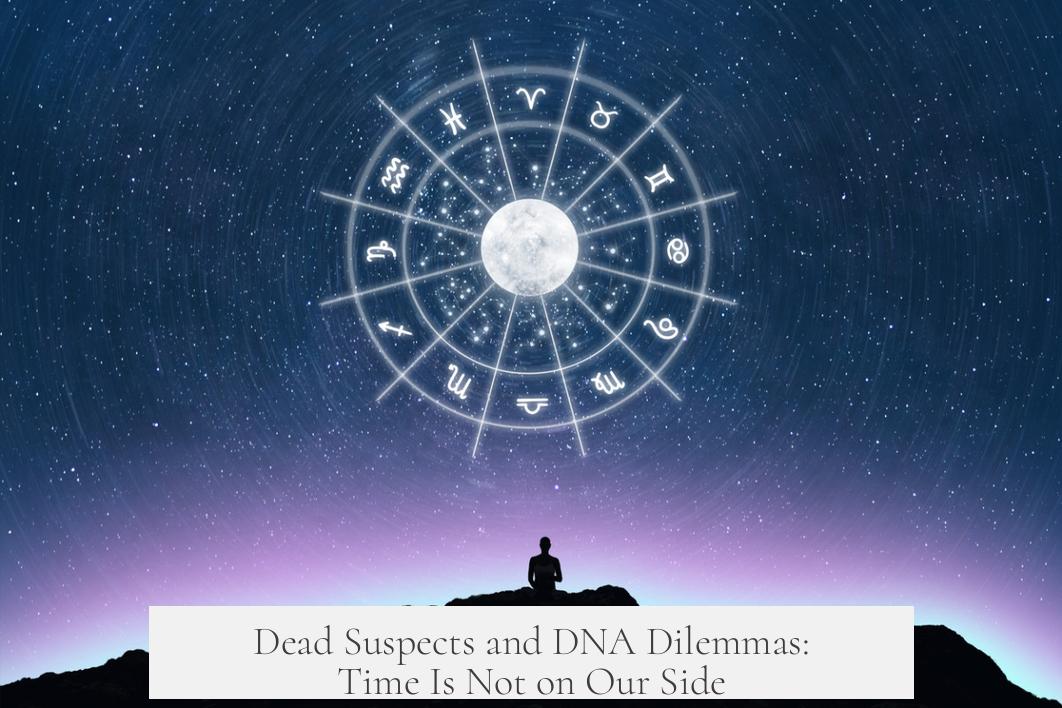
Some suspects emerged only after their deaths. Paul Doerr is a prime example. In 2022, the book How to Find Zodiac made a compelling case against him, convincing even his daughter at first. Alas, chasing dead men is tricky.
Exhuming bodies for DNA evidence involves navigating red tape and hefty costs. Plus, gravesites might not even be accurately recorded. The hurdles here are massive, and investigations stall.
Police Practices Then vs. Now: Rights and Reality
Did you know murder clearance rates have plummeted since the 1960s? Back then, rates often hit 90-100%.
Why? Interrogation techniques were tougher, sometimes brutal, and confessions were coerced. Today, suspects have more rights, which is good for society but makes quick solutions tougher.
Also, firearm-related murders—like most Zodiac crimes—are harder to crack. Combine that with evolving policing methods and legal standards, and the Zodiac case looks even more complex.
Bad Assumptions and Conspiracy Theories: A Maze of Misinformation
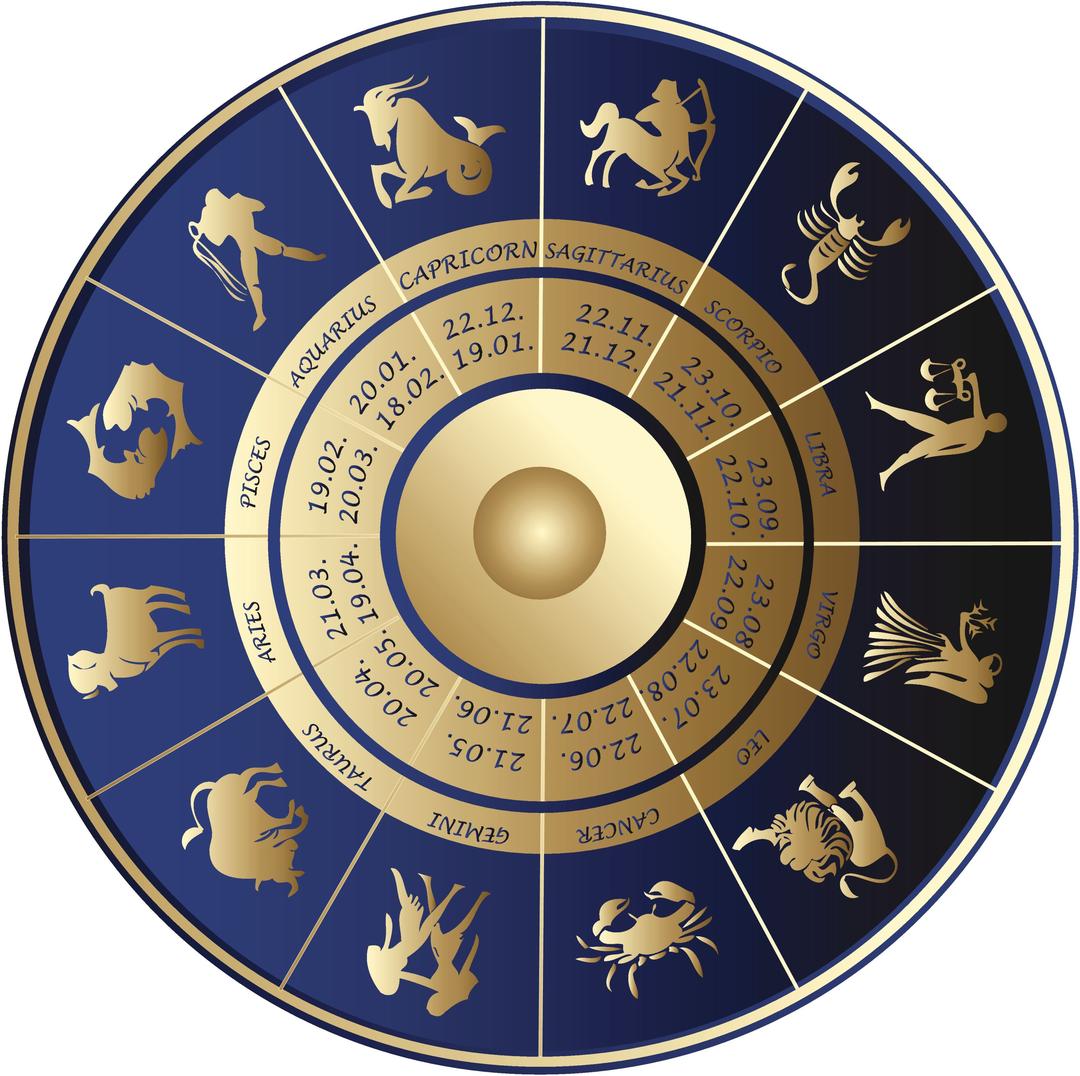
One of the biggest hurdles? Starting off on the wrong foot.
Many guess the Zodiac was obsessed with astrology or that he was a socially awkward, mentally ill loner who hated women. These assumptions come from early theories but might be dead ends. Worse, Robert Graysmith’s book made Arthur Leigh Allen the poster suspect despite little solid evidence linking him to eyewitness accounts or sketches.
Conspiracy theories fueled by Graysmith’s narrative have led many into rabbit holes. They distract from fact-based investigation and stifle fresh thinking. Serious Zodiac researchers often call for discarding these old beliefs and approaching the case with new hypotheses supported by evidence.
So, Why Is the Zodiac Killer Still Unknown?
Putting it all together, the Zodiac remains unidentified because:
- The victim list itself is uncertain, blurring the killer’s timeline and pattern.
- Forensic science back then was limited, and even with modern advances, degraded evidence hinders DNA or fingerprint matches.
- False leads and unreliable police lineups diverted investigations repeatedly.
- Many suspects died before conclusive tests could clear or confirm them, and exhumation is tricky both legally and logistically.
- Policing and murder clearance methods of the ’60s differ dramatically from today’s, changing the nature of investigations.
- Entrenched myths and conspiracy theories block objective analysis, leading to endless speculation but little closure.
In short, the Zodiac’s anonymity is a perfect storm of incomplete victim profiles, outdated forensics, procedural flaws, and misinformation. It’s like chasing a shadow that changes shape depending on who’s looking.
What Can Modern Investigators Learn From This?
For one, don’t rush to pigeonhole suspects due to biases or shaky assumptions. Clarity starts with solid facts, not hype.
Next, forensic science progresses but can only do so much with poor evidence. Preserving crime scenes and collecting thorough evidence immediately is vital.
Lastly, fresh eyes and new methods, like re-examining old cases with DNA databases and AI, might someday crack this stubborn case. The decades-long wait shows the importance of patience and open-mindedness.
Who knows? Maybe the Zodiac Killer’s identity is already hidden in plain sight, waiting for that perfect mix of clues and tech to bring light to the darkness.
Have you ever wondered if the Zodiac Killer’s mystery is simply too big for one person to unravel? Or is it just a case of looking in the wrong places all these years?
